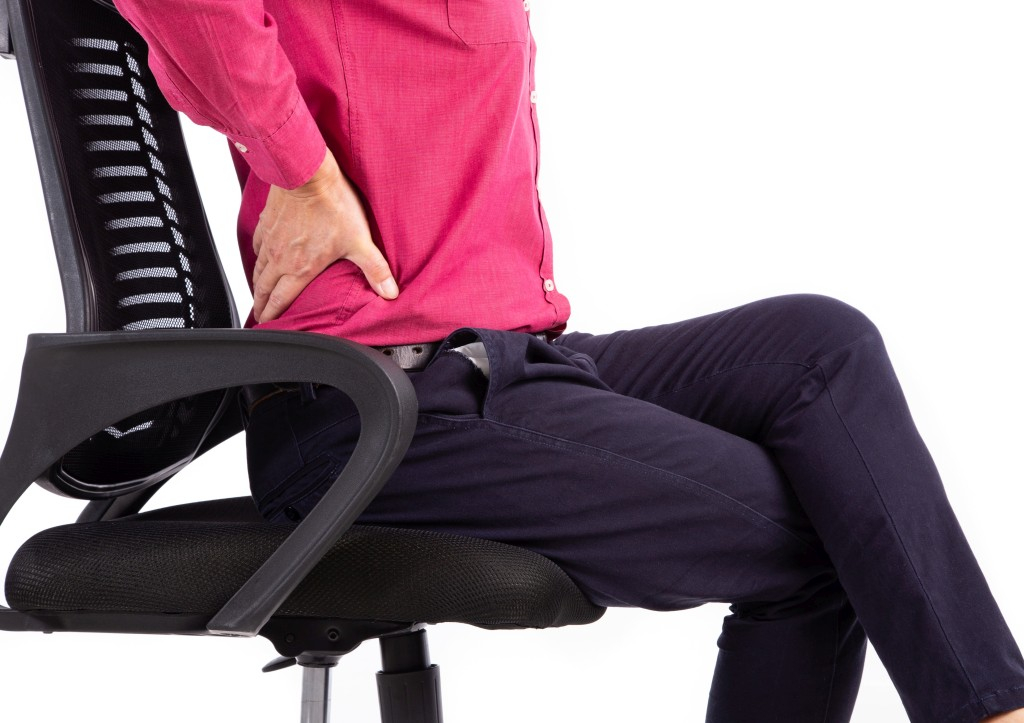When it comes to back pain, many people think lumbar support is the only solution. But the truth is, taking care of your back involves more than just wearing a support belt or using a supportive chair.
To ease lumbar region pain effectively, you need to consider the whole body, as well as possible emotional and psychological factors contributing to your discomfort.
Understanding Back Pain
We are very quick to blame factors such as muscle weakness or strain, bone degeneration, old injuries, misalignment or tension as the major cause of back ache. But pain is more complex than that. Finding the cause of back ache also requires considering the psychological and social contributors that may be present. Lumbar support, which only addresses one aspect of the problem, could provide a temporary solution and can therefore form part of a holistic approach. But on its own it is unlikely to give lasting relief.
What are the factors you need to consider?
Get your whole body moving
One of the most important factors in dealing with tenderness and stiffness in your lumbar region is finding healthy movement habits, and for many people, simply moving more can already make a significant difference.
It's less about setting aside specific times to devote to exercise, and more about increasing how much you move and the variety of movements you do on a daily basis. Finding movements that promote flexibility, balance and strength while you are doing the things you have to do, will strengthen your whole body and go a long way to relieving back pain.
Sit and Stand without Strain
While it's best to keep moving wherever you can, there will be times where you'll just have to sit still. You're not going to have back support everywhere you go, so it's important to sit and stand in ways that will not add to your discomfort.
When sitting or standing, take a moment to check in with your body and find out where you are holding tension unnecessarily, and where you are having to work too hard to stay in that position. Also check for areas of discomfort and once you notice them, try adjusting how you are sitting or standing until you find what feels better.
Remember though, even the most perfect posture won't help if you just stay stuck in that position! Stay curious and see how many different sitting or standing positions you can find that don't add to your discomfort.
 Minimize back pain at work
Minimize back pain at work
Whatever your daily occupation, whether studying or working, in an office, at home or out and about, there are changes you can make to your environment that can reduce your need for lumbar support.
If studying or in an office, it's important to ensure that your desk and chair and your general work area is a good height for you, but it's even more important to try and vary your working position as much as possible, and even then.
Repetitive movements and awkward positions can add to the discomfort, so find ways to vary how you perform those tasks. In short, keep moving, but when you have to be still, make sure you are comfortable.
Address Mental Stress
Negative stress causes you to experience discomfort more intensely. It's important to address mental and emotional stress where possible to assist in minimizing the effect persistent back pain has on your life. In these cases, emotional support will be more helpful than lumbar support!
Sometimes the strain is what's causing the stress, and so finding pain management techniques will help with your stress levels. Pain coaching can be really helpful in addressing these factors!
Sleep Well
At the end of the day, it's important to be comfortable when you are sleeping, especially considering how much time you're likely to spend in bed. Do what you can to make your sleep environment back-friendly like making sure your mattress and pillow are comfortable as well as supportive. It doesn't really matter which mattress is the most expensive or which pillow promises the best night's sleep, but which one feels best for you. And of course, practice good sleep hygiene.
If Nothing Helps, Get Help
If you really are struggling even after you feel like you've tried everything, then bring in reinforcements and see a professional such as a physiotherapist. They can help you find the right approach for your pain, and help you know if lumbar support really is helpful in your case.
Long-Term Solutions For Back Pain
It's important to take a holistic approach that addresses your mental health, your sleep, your work time and your relaxing time. There are seldom quick fixes, and so various lifestyle changes may be required to bring lasting relief to your aching back. By taking a holistic approach, you can work towards a back that's not just free from pain but resilient and strong.
While each individual change may seem simple, making various changes, and committing to them, can be challenging if you are already feeling depleted by the discomfort you are experiencing. In these cases it can be genuinely helpful to find a pain coach - someone who can walk with you in finding a way to navigate your own journey to resilient health.
At Resilient Health Coach we've developed a course to do just that - our Thrive Beyond Pain Journey is a 6 week online group coaching course for anyone experiencing persistent back and neck pain.
What you've read here is just a small part of the valuable information you'll get on this course, but the biggest boost of all is the community you'll be part of in your weekly group coaching sections - people who understand what pain has taken from you and who walk with you as you take your life back. I'll take that support over lumbar support any day!



